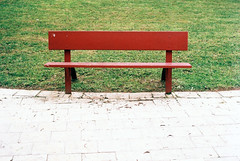The website that many of you will visit after this one (or may have already visited!) is providing sociologists with new research opportunities.
Andreas Wimmer and Kevin Lewis used facebook to study friendships among college freshman and found that race’s impact on friendships may be overstated.
“Sociologists have long maintained that race is the strongest predictor of whether two Americans will socialize,” says lead author Andreas Wimmer, professor of sociology at UCLA. “But we’ve found that birds of a feather don’t always flock together. Whom you get to know in your everyday life, where you live, and your country of origin or social class can provide stronger grounds for forging friendships than a shared racial background.”
To reach these conclusions, Wimmer and Lewis studied the social networks of college freshmen by examining tagged photos on facebook.
True to past research, the sociologists initially saw same-race friendships develop rapidly: White students befriended each other one-and-a-half times more frequently than would be expected by chance, Latino students befriended each other four-and-a-half times more frequently, and African American students befriended each other eight times more frequently. But when the researchers dug deeper, race appeared to be less important than a number of other factors in forging friendships.
“Much of what at first appeared to be same-race preference, for instance, ultimately proved to be preference for students of the same ethnic background,” Lewis says. “Once we started controlling for the attraction of shared ethnic backgrounds or countries of origin, the magnitude of racial preference was cut almost in half.”
While Wimmer and Lewis stress that racial discrimination is still a problem, they believe past research may have exaggerated the role of race in social relationships. Instead, social and physical constraints play a bigger role.
To read the entire article, click here.






